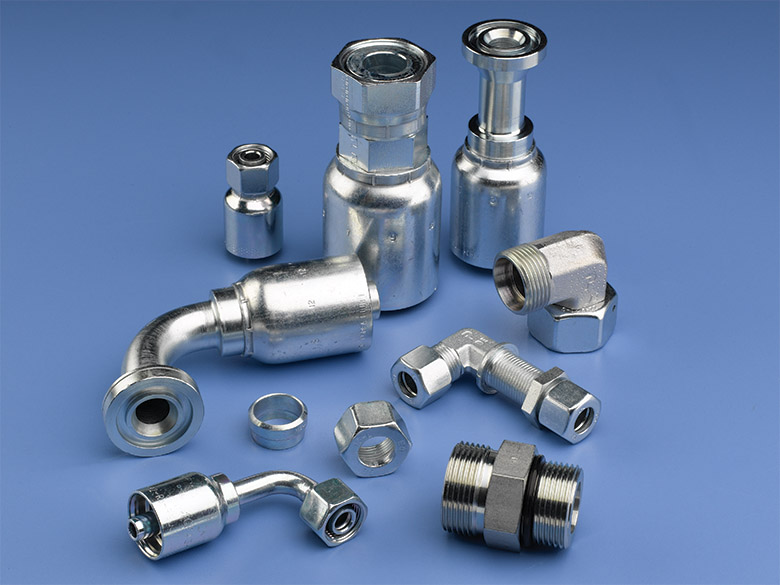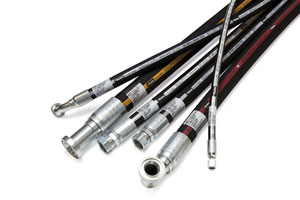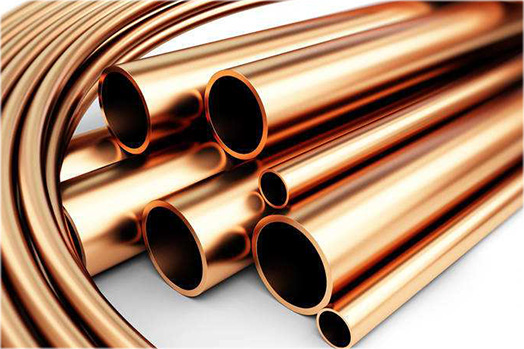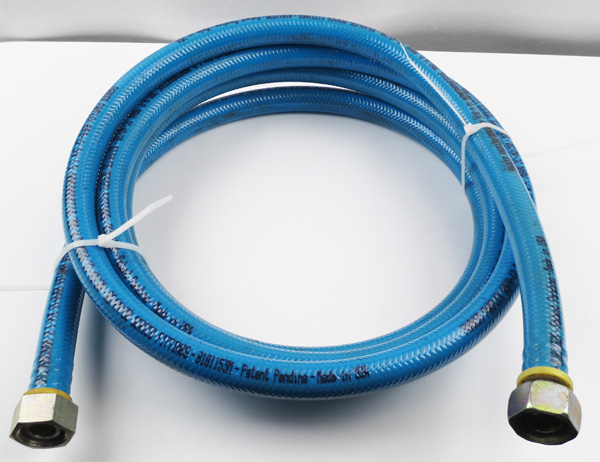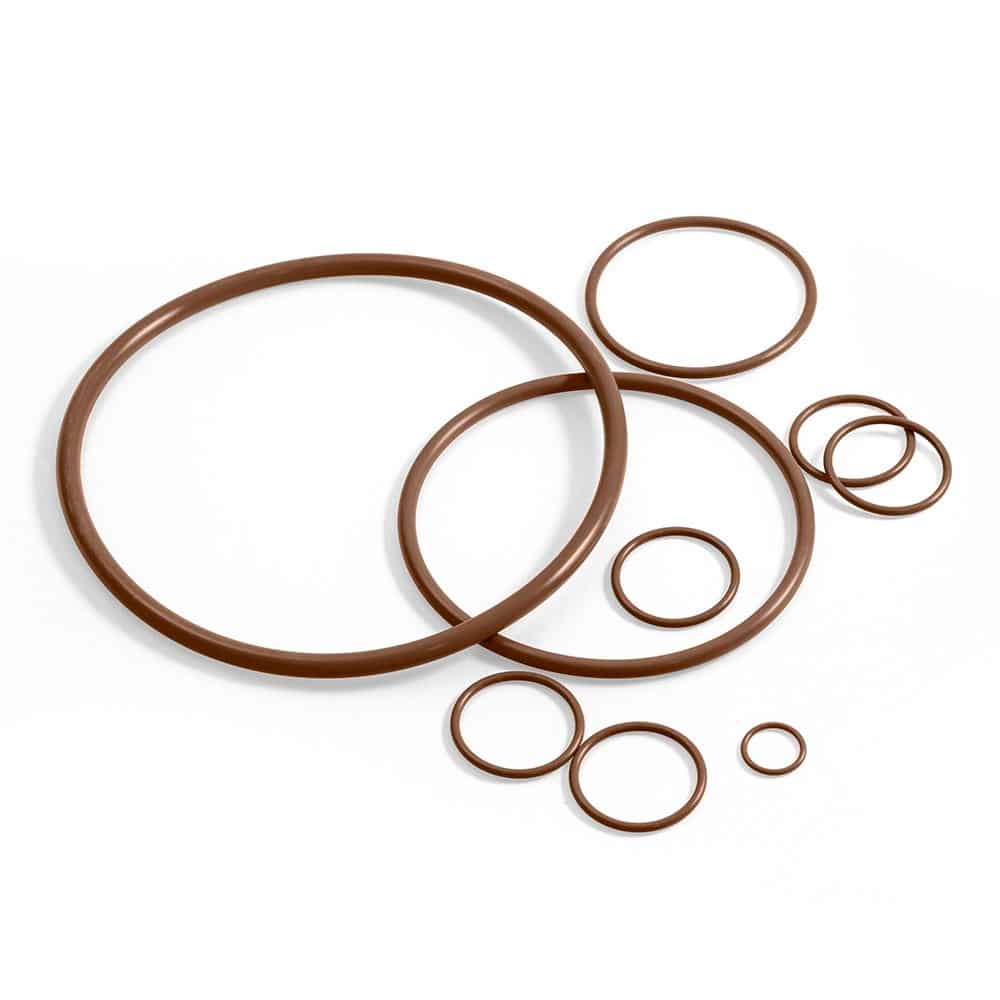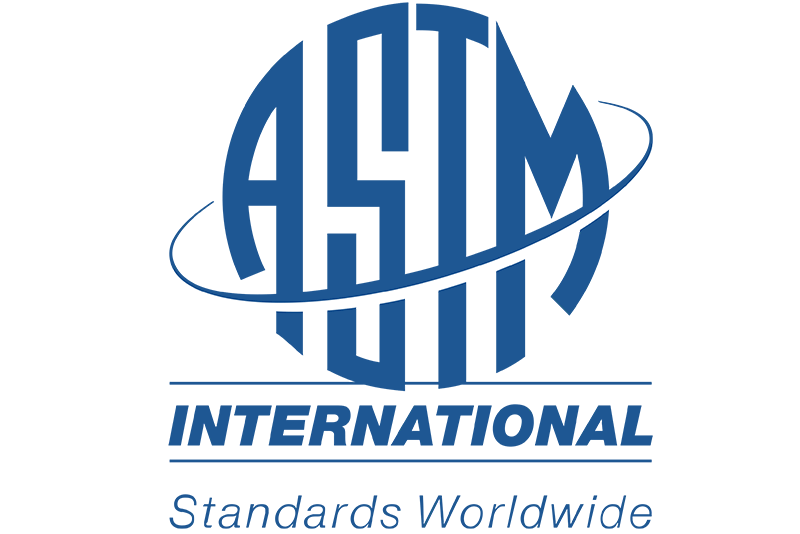智能制造系统简介
The Intelligent Manufacturing Systems
[Abstract] The current trend of the final product quality increasing is affected by time analysis of the entire manufacturing process. The primary requirement of manufacturing is to produce as many products as soon as possible, at the lowest possible cost, but of course with the highest quality. Such requirements may be satisfied only if all the elements entering and affecting the production cycle are in a fully functional condition. These elements consist of sensory equipment and intelligent control elements that are essential for building intelligent manufacturing systems. Intelligent manufacturing system itself should be a system that can flexibly respond to changes in entering and exiting the process in interaction with the surroundings.
[Keywords] Intelligent manufacturing systems, manufacturing process, control system
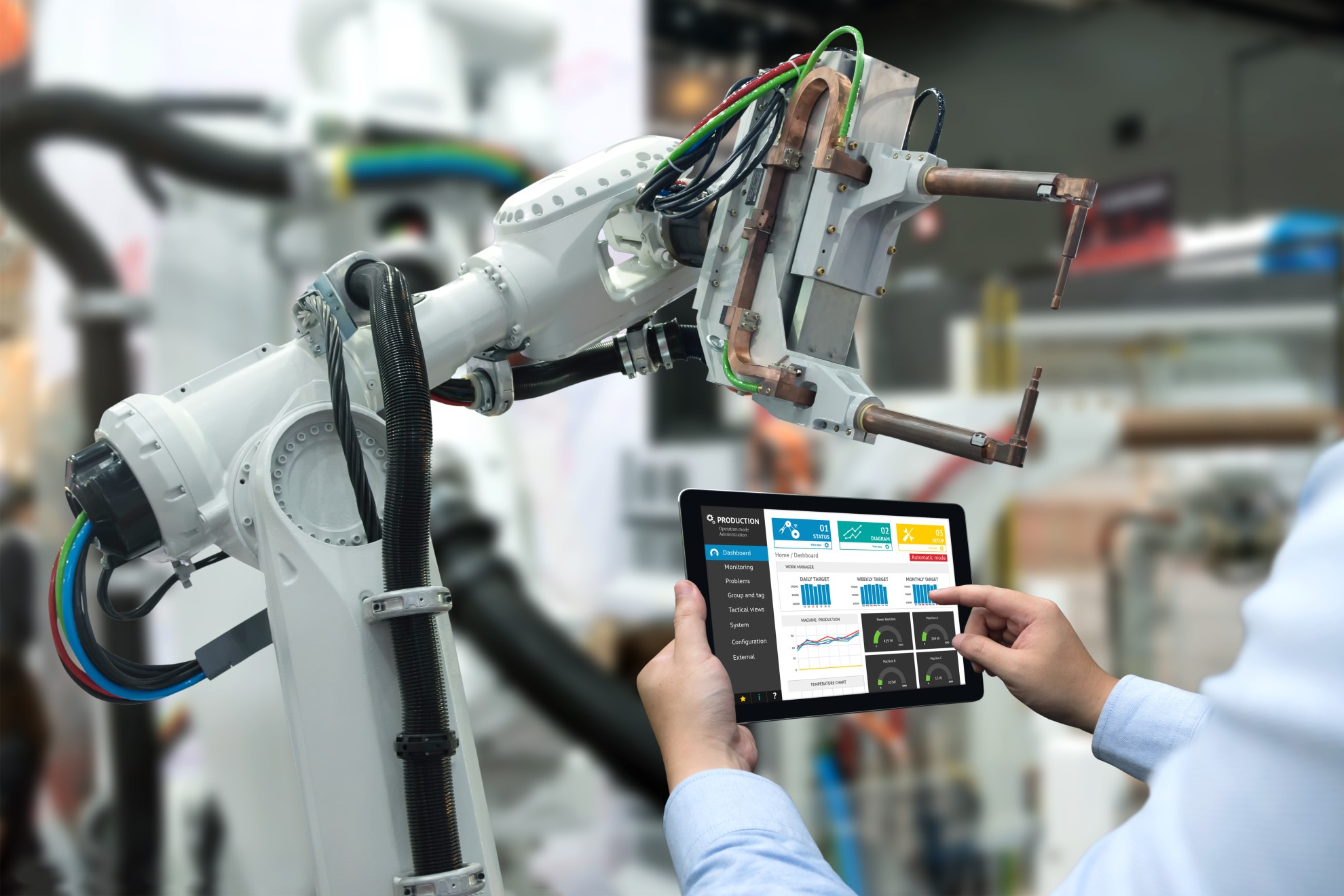
1 INTRODUCTION
The industrial intelligence is still forwarding. Today we are not talking only about using of IT, classical automated instruments. But when we are talking about flexible intelligent manufacturing systems it is effective to talk also about possible using of new generation intelligent manufacturing systems. This new generation of manufacturing systems are also called intelligent manufacturing systems (IMS). All IMS subsystems are including parts of so called machine intelligence (sensor equipment). Using of given systems with combination of machineintelligence will lead to the complete labor remove from the manufacturing system. Basics which are needed for realization of machine intelligence in manufacturing systems is so called monitoring, which is able to monitor an internal stay of the system and also changing conditions coming from environment. Monitoring systems are using sensors which are located at some proper place of the system, usually such place is the tool stand, machine or some manipulating device. Sensors are identifying parameters, which are then used as input data of control system. Following to these data is realized some, technological, manipulating or other helping process.[1]
The automated production systems are part of the machine production. Base of the complex automatic production is automation of technological process control, automatic transport, manipulation, feeding, workpiece and tool exchange.
As the industrial production develops, the new generation production systems – intelligent production systems – are developed as well. These systems are equipped with artificial intelligence parts and intelligent control. On the present, new solutions of artificial intelligence implementation into machine production are searched. Main requirements in installing of intelligent production systems are: shortening of running production times,higher production productivity, economic expediency,elimination of worker hand intervention. [2]
The production strategy focused to time requires the change from traditional functional production structure to a production used flexible manufacturing systems.
Production by flexible manufacturing systems (FMS) is the most important manufacturing philosophy in the last years. This philosophy is based on the following similarities:
• Similarity of manufactured parts.
• Similarity of process plans.
Recognition of the similarity of manufactured parts allows to assort them to the groups by machines required for its manufacturing. By manufacturing of a single group of parts economical benefit near to mass production can be achieved.[3]
2. USE OF CAX SYSTEMS IN THE INTELLIGENT MANUFACTURING
CA systems are computer systems that are intended to support of activities at all stages of manufacturing – from development and design of component, production planning to production and assembly, storage and expedition. Central production planning/manufacturing systems rely on centralized communication, are rigid, lack scalability and robustness, and have a high cost of integration. Mass Production Systems place emphasis on the reduction of products’ costs and full utilization of plant capacity. This manufacturing approach resulted in inflexible plants, associated with work in process and finished goods inventories.
Computer-Aided Design (CAD)/ Computer Aided Manufacturing (CAM) systems integrate different tools (e.g., e-mail, multimedia, 3D CAD geometry viewer) in a distributed multimedia designing environment through the Internet (e.g.). In CAD, the computers are used in the design and analysis of products and processes. In CAM, the computers are used directly to control and monitor the machines/ processes in real time or offline to support manufacturing operations (e.g., process planning).
Computer integrated manufacturing (CIM) systems have been used to integrate different areas within manufacturing enterprises. They use a graphical user interface within a programming environment and incorporate multimedia packages to facilitate the dissemination of product information (e.g.)
3. THE REQUIREMENTS TO INTELLIGENT MANUFACTURING SYSTEM
The automation of the intelligent manufacturing process can be run in term of the manufacturing profile, material flow and information flow. These basic elements of the manufacturing process are usually automated together in praxis. The task of the intelligent manufacturing process control is to provide the process running in the status of dynamical stability and the replacement in the equilibrium status on the same or acceptable standard by the deviation of the equilibrium status. It is necessary to control and direct the main manufacturing processes that have the required functions. It could be to run more hard manufacturing processes together and also individually in the manufacturing process and all these processes could be to control by specific method. This method is named as the manufacturing process control.
The process control is characteristic as the process organization in system that provides the achievement of the required final state. But it is necessary to know its output for the manufacturing process control in the relatively closed system that it could be to influence the inputs back, to eliminate the ineligible influences of the environment, to reorganize the system internal structure so that will be to achieve the required final state. The necessary element of control system is the feedback.
The utilization of this information for the manufacturing process control could be only then if it is known the noted model of system behavior by means of that it is possible to create the control algorithm and technical system for its realization by defined aim. The required final state has to be real, achievable, the algorithm realizable and the information provision comfortable.
3.1 The manufacturing process control
It is needed to know the answers to three basic questions for the right control system realization. Those are the questions:
a ) what has to be controlled?
In this case it is necessary to define the mathematical models of controlled system by physical basis and identification. At the same time it is required to analyze the manufacturing process in term of the operative motion sequence. Also it is necessary to know the character of manufacturing object before the definition of automated control of the manufacturing process. At once also to analyse the manufacturing process in term of several in sequence connected operative motions. The analyze of manufacturing process and the dividing into partial operations are the important steps. The basic element of the manufacturing process is the operative motion. The operative motion may be defined as the individual part of the operative action by the existing regulation.
b ) what shall we to use for control?
In this case is necessary to choose the right devices of automatic control, the type of energy in the automated manufacturing process. The devices of the automatic control is the group of tools, devices, instruments. Knowledge by these it could be realized the practical control of the manufacturing process type. The devices of the automatic control are in general all technical devices, these could enable to achieve, transfer, save, process and utilize the information and also all helpful devices, and these could enable the activity of those named technical devices. On the ground of limpidity is possible to divide the technical devices into several groups by individual aspects these are definitive for the existing view. The technical devices of automation are possible to divide by the next criteria:
• by the relation to information,
• by the type of the signal energy,
• by the type of information signal,
• by the function.
c ) what way shall we choose for control?
The manufacturing process control is often the integral member of the manufacturing process automation. The control is understood as the technical advance by that the machines and devices in the limited system are influenced in its physical and technical values in terms of required method by the valid regularity. The theory of control or the theory of the automatic control is engaged in the technological meaning of control. The theory of automatic control is the theory that checks the principles of control system functioning and designing.[4]
The manufacturing process is created with more quantity of elements, operations and motions. It is existed the more quantity of interacted connections. The control system that is used in the manufacturing process has the hierarchical structure. The hierarchical structure is the one of the manufacturing process base feature. It is necessary to give one’s time to the control of the individual motions and operations and also to interaction cooperation and communication between them and with the environment by control realization. It is used more method, systemic technologies and programming instruments.
For better understanding to term “intelligent” manufacturing systems, is the most suitable to compare its behavior with the classical (“non intelligent”) automated flexible manufacturing system.
The automated manufacturing system is today known as manufacturing device with various levels of automation of operating and nonoperational activities and with various levels of subsystems integration(technological, supervisory, transportation, manipulating, controlling):
• technological (set of technological workstations)
• transportation and manipulating (is realized by industrial robots, manipulators and transporters)
•supervisory (is included to system if machines in system do not have own supervisory devices)
• controlling (there are dominating own controlling systems of all devices) [2]
Using of intelligent production systems is conditioned by efficiency of all subsystems, which are contained in given system. Subsystems are developed with automatic manufacturing systems, in order to save the system parameters.
Automatic manufacturing systems what is designed to repetitive production, where is demanded big rate of flexibility, are called flexible manufacturing systems. To category of automated manufacturing systems (flexible manufacturing systems) are included one or more technological workstations, at which are all inputs and material automated. Basic classification of automated manufacturing systems takes into the account also the number of the machines in the system as well as flexibility of the production.
According to this classification we distinguish three basic types of automated manufacturing systems: [5]
• Flexible manufacturing cell – up to maximum three of the machine tools; it’s characterized by highest level of flexibility.
•Flexible manufacturing line – is characterized by the lowest level of flexibility; range of goods is narrow and being produced in large batches.
•Flexible manufacturing system – minimum three machines and more; is characterized by lower level of flexibility.
The intelligent manufacturing system presents system witch contained capability of adaptation to unexpected changes, i.e. assortment changes, market requirements, technology changes, social needs etc.
However, intelligence of these systems is frequently understood as control of the software product, and not as implementation of modern technologies of machine artificial intelligence.
Intelligent production systems consist of subsystems like automatic production systems (technological, supervisory, transportation, manipulating). Subsystems have to be equipped with aids, which give to subsystems specific level of intelligence. It is possible to consider it as higher phase of flexible production systems. [6]
The intelligent manufacturing systems consist of :Fig. 1
• intelligent design,
• intelligent operation,
• intelligent control,
• intelligent planning
• intelligent maintenance.
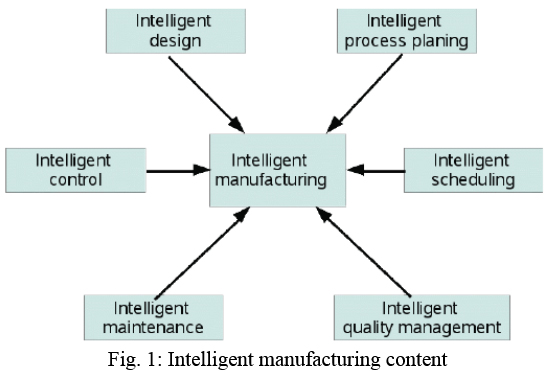
4. THE INTELIGENCE ENHANCEMENT FOR THE MECHANICAL PERIPHERY
Monitoring of all actions inside the production process but also in its environment is aimed at increase of this system reliability and failure prevention of the system itself or avoidance of defective products. There are several possibilities how to intelligence of production system can bee enhanced.
In term of automation assembly is the most complicated operation. Sequences like correct grip, orientation and positioning of the component entering the assembly system in disordered condition (e.g. loose in a container) are very easy to realize by a human. In term of automation however these seemingly simple acts represent one of the most complicated problems. Usually we try to keep aloof from such acts in the automated assembly process so that individual components enter the assembly system already oriented and in a defined place by means of various feeders, tanks or pallets.
In case the automated assembly system is entered by individual components which are unpositioned and non-oriented an intense cooperation between the sensor subsystem and various intelligent mechanical peripheries is necessary. Various types of sensors (contact, contactless, pressure, sensors of strength and moments, CCD cameras and others) are used dependent on specific demands of the specific application. Simultaneous combined use of various sensor types affords solution opportunities also of very complicated monitoring tasks. Individual sensor types can differ also in their output signals. Some sensors have only simple binary output signals, others can have a more complicated output signal consisting of several simple binary signals (e.g. sensor differentiating colours) and others can provide an analogue signal (e.g. rheostatic thermometer). All these signals must be processed and correctly evaluated by the control system because only on the basis of this information it can correctly respond to the actual state of the production system of its individual subsystems as well as the actual state of the technological process.
One of the application areas of monitoring systems is the area of robotized assembly. Equipping of assembly systems by sensors is one of the basic levels of increasing of automation and machine intelligence. Sensory systems provide scanning and monitoring of various functions of assembly process, assembly technology, properties of assembly objects, mounted parts and properties of environment. Realization of monitoring functions provides suitable sensor sorts, whereupon the supervisory systems provide the control interventions. Sensors are the basic devices for capturing of information and their transformation. The present monitoring systems have reserved structures which are realized according to application or purpose.[7]
Selected sensor or sensory systems (monitoring systems) must meet technical, economic and operative indicts. Factors, which affect their selection are multiple and multilevel. Center of the sensor application is mostly in robotized assembly, where the sensory systems enable to assembly (so called intelligent robots) and others technical elements to identify and monitor workspace and system environment with building elements. In robotized assembly the ideal event occurs when PR can recognize, place and grab random oriented object.
Sensory equipment applied in assembly systems use three basic groups:
• tactile sensors,
• proximity sensors,
• visual sensors.
Development of the new kinds of sensors takes place in all three groups. Classification of the most frequently used kinds of sensors is on figure 4.
Tactile sensors are used in case, that technical, realization instruments, mostly assembly robots, are in direct contact with object of assembly.Important are especially sensors which enable control of the object presence, identification of grasp force, monitoring of the starting position of assembly tools, let us say other functions. With tactile sensors are equipped tentacles, position table, transporting units, other units and devices. For recognizing of the orientation, kind of objects, detection of edges are used visual sensors of various kinds.
5. CHALLENGES AND TRENDS
The today challenges and trends in field of the new generation manufacturing systems research are very clearly defined at [8]
An extensive survey on manufacturing systems allowed the identification of the main current trends for manufacturing systems, which can be summarized as follows:
• specialization, characterized by an extensive focus on core competences ;
• outsourcing ;
• transition from vertical to horizontal structures (e.g., concerning management systems), from highly centralized to decentralized structures (e.g., where an individual element, unit or subunit is enhanced with decision making/ intelligence capabilities);
• evolution towards self-properties or sufficiency (e.g., self-adaptation) which generally occur at low levels. Manufacturing systems with these characteristics have a high level of integration, are easy upgradable, evolvable and adaptable (e.g., to new market conditions;
• the development of technologies and applications to support all the requirements of current distributed manufacturing systems;
• competitiveness: the enterprises should remain competitive, e.g., in terms of costs (e.g., lifecycle costs, investments) vs. payoffs; adequate equipments and machines (e.g., sensors) adequate to new manufacturing paradigms; sustainability (e.g., to consider environmental concerns into design);
• technology, equipment and manufacturing systems’selection (e.g., to evaluate various systems configurations based on life-cycle economics, quality, system reliability);
• integration of humans with software and machines; non-functional properties, e.g., fault tolerance;
• openness, self-adaptability; each unit/sub-unit/ element of the manufacturing system should independently take optimal wise decisions (e.g., concerning resource utilization, incorporating scheduling algorithms, planning and control execution techniques), having a goal-driven and cooperative behave;
• performance assessment. Concerning future trends: it is rather difficult to forecast long term trends for manufacturing engineering systems.
6. CONCLUSIONS
During the design process of intelligent manufacturing cell, and during the design process of automated tool changing system, a sequential diagram methodology was used. This methodology was chosen to describe communication of all devices during the manufacturing and also assembly process. Sensor equipment was selected following information, about the communication and signal transmission. The aim of sequential diagram methodology use was to upgrade flexible manufacturing cell in to the intelligent one, with help of sensor equipment. This cell will be used for laboratory purpose. Following upgrades and development of flexible manufacturing system are integrated to the manufacturing process also intelligent manufacturing systems. But it is also important to say, that problematic of intelligent manufacturing system is still in the stay research and development. [1]
Concept of all production devices is controlled according to character of production. New generation production systems vary from flexible production system not only in construction, but especially in properties. For all that is undoubted, that its implementation to production process brings wide possibilities in increasing of productivity and decreasing of production costs.
With that relates also decreasing of additional and running times, mainly entire elimination of worker hand intervention in production process. [2]
ACKNOWLEDGMENTS
This work was supported by VEGA 1/0285/12 Research on the possibilities of "intelligence" implementation into the assembly process
REFERENCES
[1] N. Danišová, K. Velíšek, a P. Košťál, “Automated tool changing system in the intelligent manufacturing and assembly cell”, in Proceedings of the 2009 International Symposium on Computing, Communication and Control, Singapore, 2009, s. 1–8.
[2] N. Danišová a K. Velíšek, “Intelligent manufacturing and assembly system.”, MD, s. 413–416, 2007.
[3] P. Košťál, A. Mudriková, a M. Charbulová, “Flexible assembly cell and material flow planning”, Scientific Bulletin, roč. XXIII, s. 189–194, 21.22 2009.
[4] R. Zvolenský, R. Ružarovský, a K. Velíšek, “Design of automated manufacturing and disassembly systems.”, MD, s. 277–282, 2008.
[5] Š. Horváth, E. Hrušková, a A. Mudriková, “Areas in flexible manufacturing-assembly cell”, FIH-Annals, roč. VI, č. 3, 2008.
[6] F. Meziane, S. Vadera, K. Kobbacy, a N. Proudlove, “Intelligent systems in manufacturing: current developments and future prospects”, Integrated Manufacturing Systems, roč. 11, č. 4, s. 218–238, 2000.
[7] K. Danišová, N., Ružarovský, R., Velíšek, “Design alternatives of intelligent camera system for check parts at the intelligent manufacturing-assembly cell”, Applied Mechanics and Materials, roč. 58?60, s. 2262–2266, 2011.
[8] C. Chituc a F. José Restivo, “Challenges and Trends in Distributed Manufacturing Systems: Are wiseengineering systems the ultimate answer?”, in Challenges and Trends in Distributed Manufacturing Systems, Cambridge, Massachusetts, 2009
版权声明:本文为原创文章,版权归donstudio所有,欢迎分享本文,转载请保留出处!


